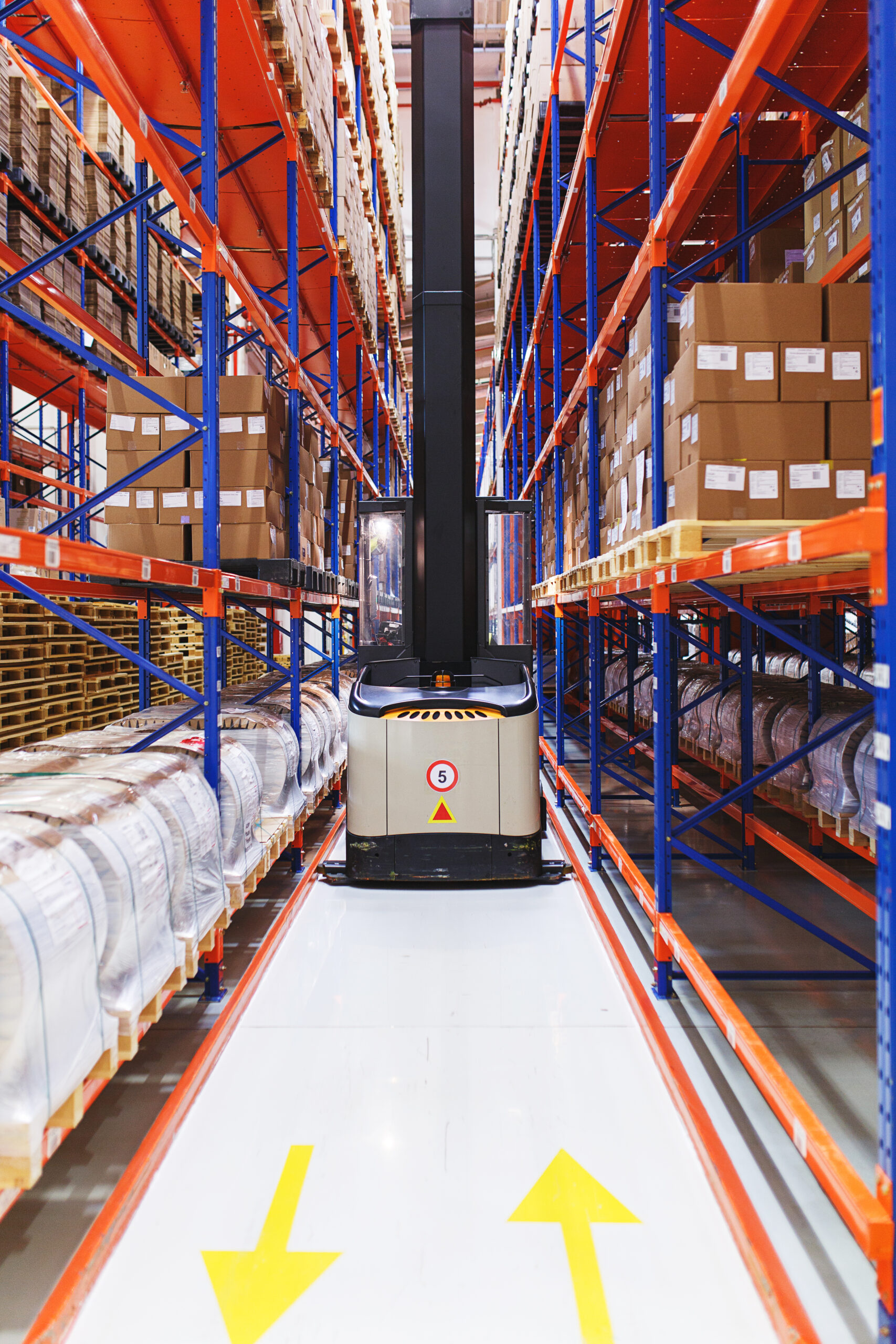Otimo and Order Picking
What is Order Picking?
DEFINITION AND TYPES
Order picking is the part of the order fulfilment process in which individual items of a shipment are gathered from different locations in the warehouse so that they can be packed and shipped to the customer or the destination. Depending on the specifics of products and warehouses, companies adopt various picking methods, including:
The picker moves around the warehouse and picks up products (SKUs) one by one to fulfill one order at a time. This picking system works well for small warehouses that handle simple orders mostly with only a few items.
It is a more advanced model that requires a WMS system. In this case, the picker receives a list of SKUs from the system to fulfill more than one order at a time, thus eliminating unnecessary trips to the same warehouse area.
It is a variation of batch picking, especially useful for large warehouses that receive many high-volume orders regularly. Orders are grouped into “waves” according to the factors such as the customer’s location or delivery date (e.g. express delivery, same-day delivery). Employees assigned to the “wave” pick SKUs from multiple zones and send them for consolidation into individual shipments.
In this case, the warehouse is divided into zones, and particular employees are assigned to each zone. Pickers fulfill orders by adding SKUs stored in their zone, and then, once all the goods from a zone have been gathered, the cardboard of orders is transferred to the other zones. The order eventually goes to a central consolidation station, where it is packed for shipment.
In recent years, an increasing number of logistic centers have become fully or partially autonomous, using self-propelled vehicles, machine-learning or artificial intelligence to - for example - find and retrieve specific containers with products from the shelves and deliver them to designated consolidation areas. There, an employee or other automated system selects the desired SKU item and places the container on a track to return it to its designated location in the warehouse.
Order Picking in warehouse processes
Why is optimization in this area so important?
Regardless of the method used, order picking, as one of the most important elements of warehouse processes, is of key importance for the speed, efficiency and accuracy of the shipping process. Especially since, according to some estimates, order picking is responsible for as much as 50% of all warehouse processes and as much as 55% of operating costs.
It is not surprising then, that this is an area where optimization is sought. Even a slight increase in efficiency results in significant savings. And there is plenty to improve. Back at the beginning of the 2nd decade of the 21st century, situations where the order picker spent 70% of his working time moving around the warehouseand only 30% on actual picking, were common. In recent years, due to advancing computerization and automation, the situation has improved. However, in order to exploit the true potential here, advanced solutions are required.
Qualitative order picking is not just about greater efficiency and savings. Picking is the first step in the order fulfillment process, so if the warehouse carries it out quickly and correctly, it is one step closer to customer satisfaction.
OTIMO AND ORDER PICKING
How does Otimo fit into this and
how can we help you?
Order picking is one of the areas that we devote most of our time to, which also results indirectly from the demand on the market. The words of Louis J. Cerny (from Sedlak Supply Chain Consultants) has become our motto.
He stated, that
“w pickowaniu chodzi o zminimalizowanie ilości czasu straconego między pickowaniami”
– and this is the main goal of the solutions we create.
We create algorithms and universal libraries that optimize order picking, which can be implemented in your own solutions. We have been also working on a ready-made optimizer in the form of an API (Otimo Solver). Its integration into any WMS system will be much less laborious. Our solutions will help your company by:
Optimizing the picking and order picking paths adapted to the specifics of your business, the size of your warehouse, its equipment with IT systems, machinery and human resources.
Supporting all order picking methods.
Taking into account the distribution of goods in the warehouse and zoning.
Determining optimal routes for forklifts or AGVs (Automated Guided Vehicles) so as to avoid collisions and get as much goods out of the warehouse as possible (in the shortest time possible).
Constantly evaluating and updating picking paths as well as routes for vehicles to eliminate errors and adapt to changes.
Taking into account linehauls and other modes of transport (last mile problem).


